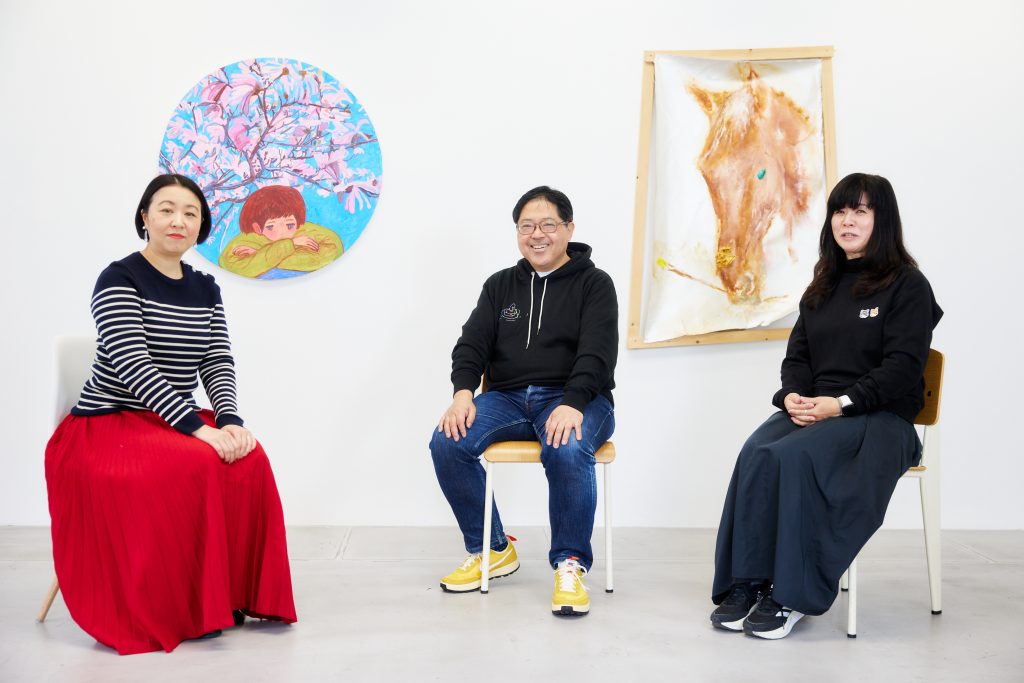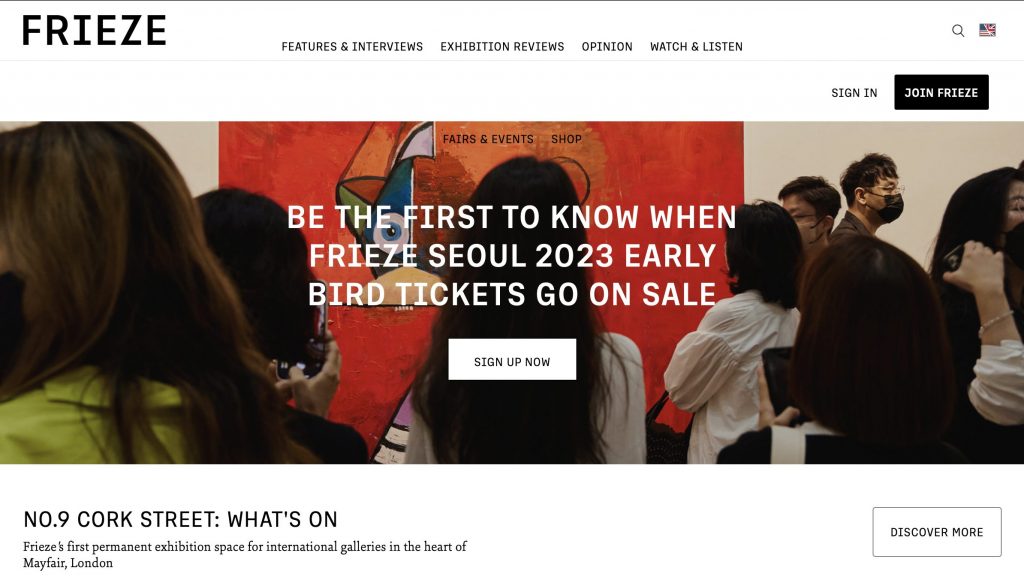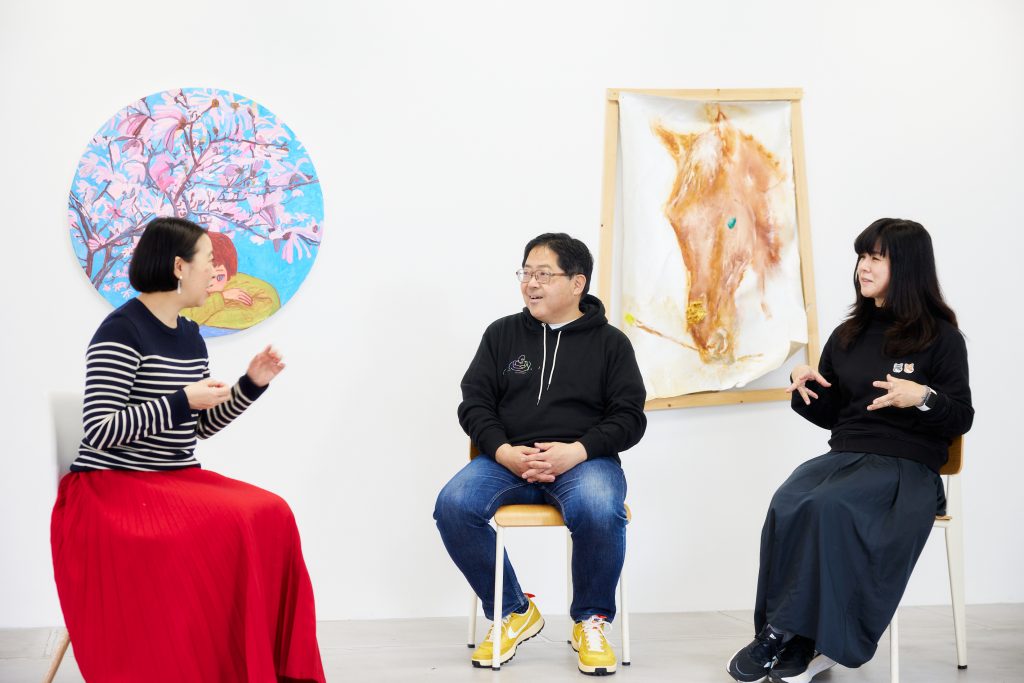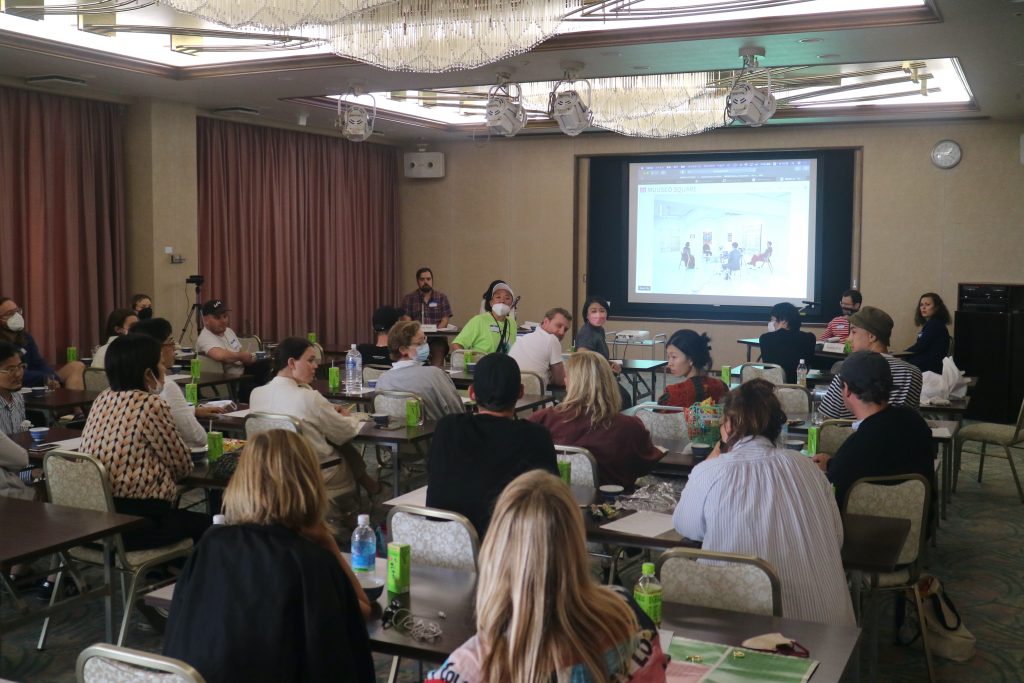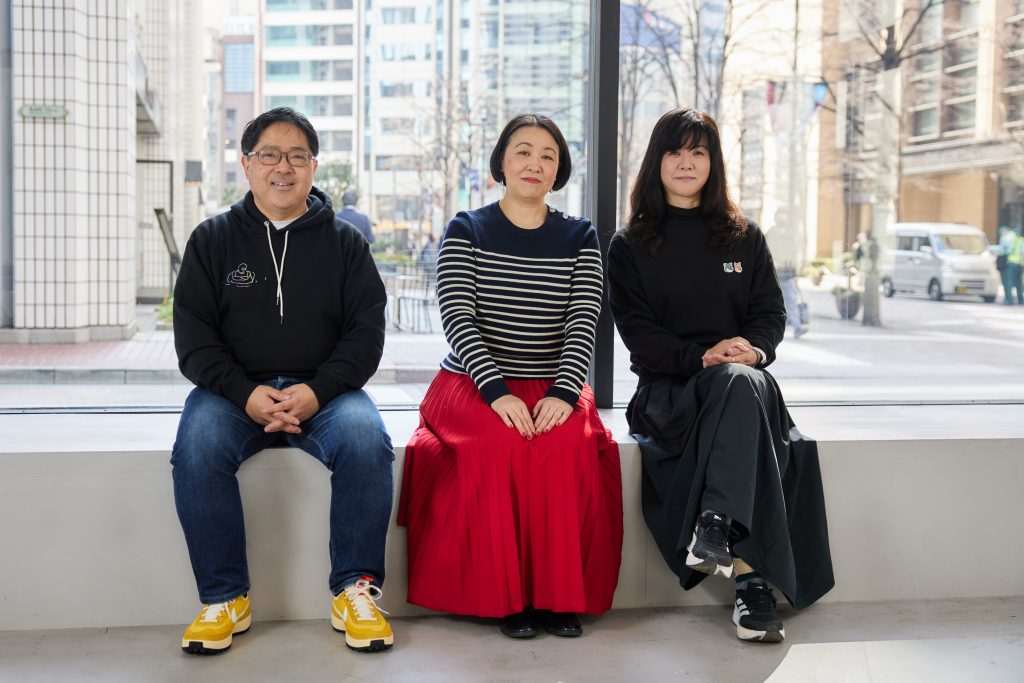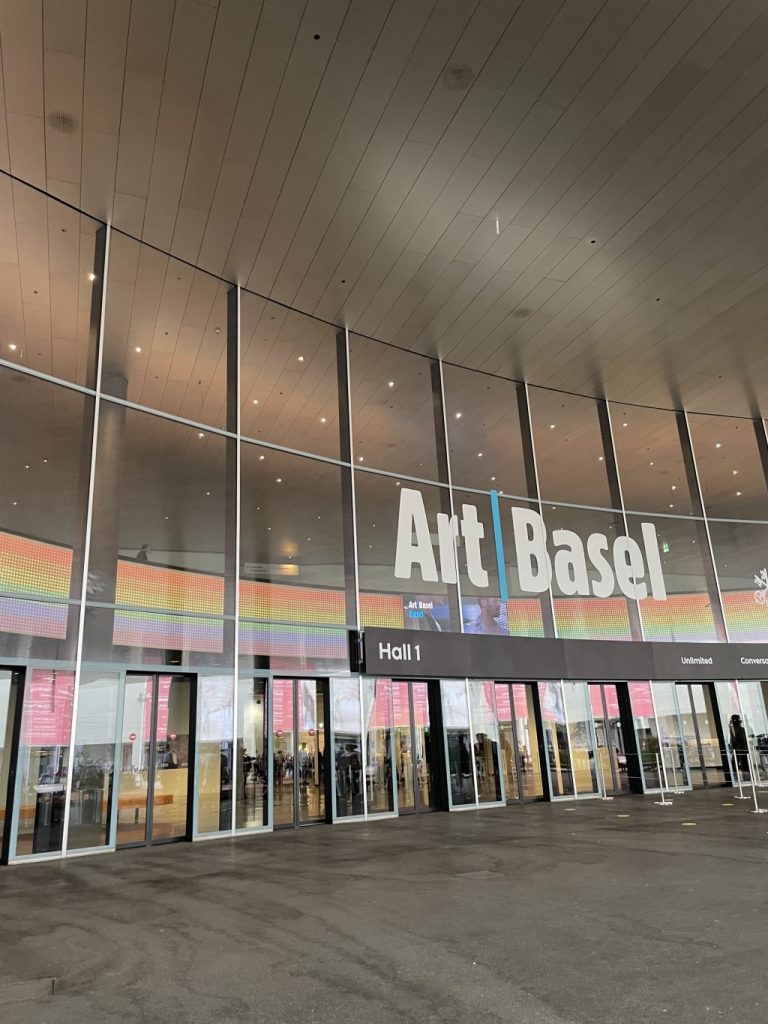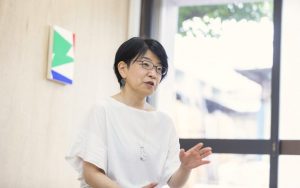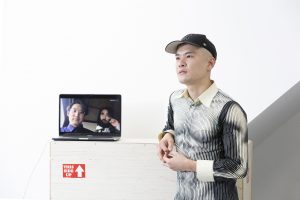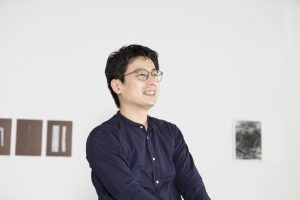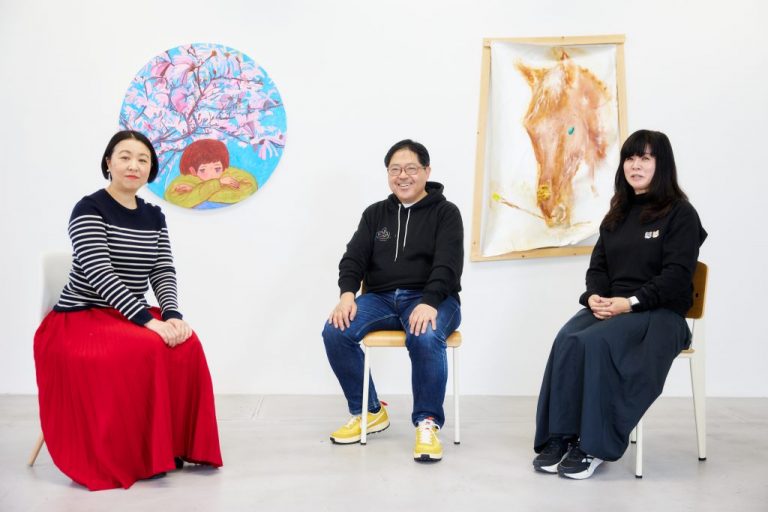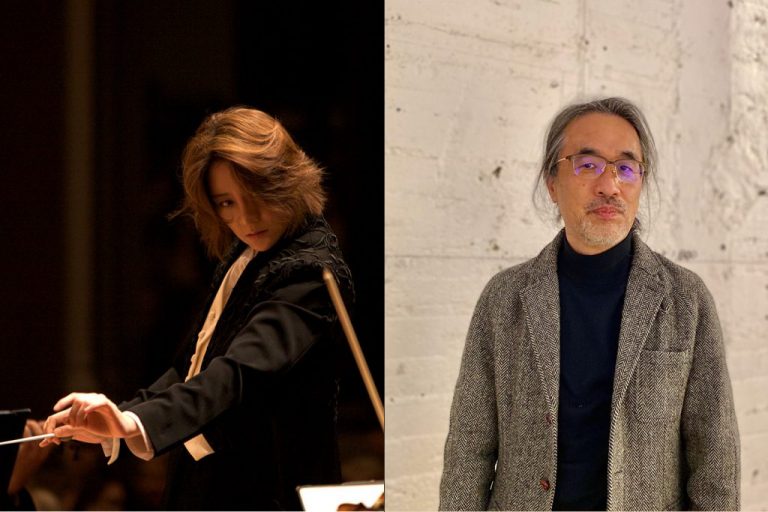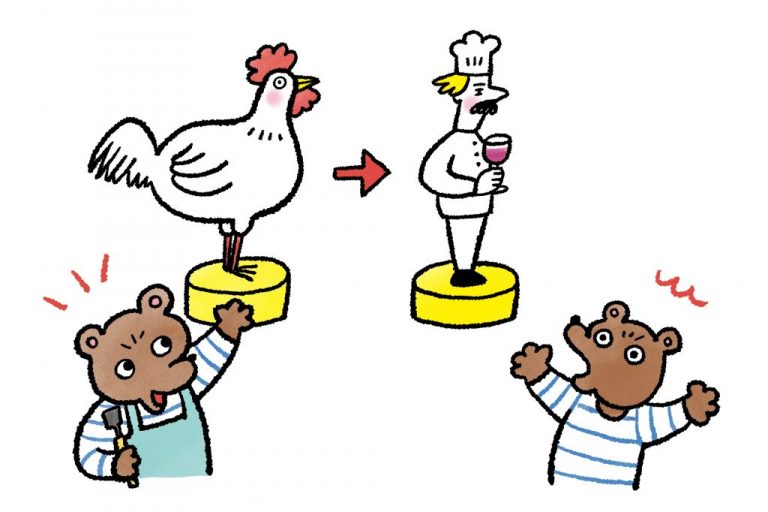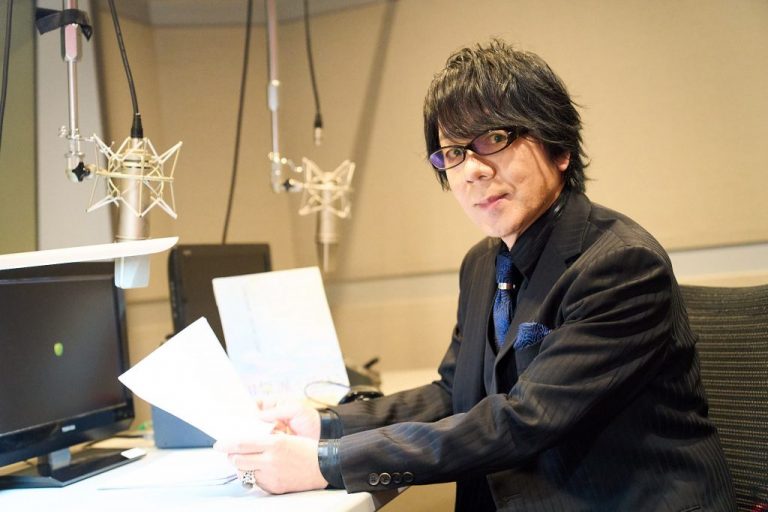June
Liste Art Fair Basel (Switzerland), June 10–16, 2024
https://www.liste.ch/
Notably, recent Liste Art Fair Basel participants include not only young artists but also mid-career and established artists. It is the best fair for finding exciting galleries. The galleries that have outgrown Liste Art Fair Basel also donate to the fair, and it is beginning to function as an association like NADA.
Art Basel (Switzerland), June 13–16, 2024
https://www.artbasel.com/
Art Basel is the world’s most famous art fair. At the end of 2022, its long-time director, Mark Spiegler, stepped down, and Nora Horowitz took over the position.
★ JUNE ART FAIR (Switzerland), June 10–16, 2024
https://june-art-fair.com
June is an invitation-only fair established in 2019 by long-time Liste participants VI, VII, a gallery from Oslo, and Christian Andersson, a gallery from Copenhagen. It is housed in a building designed by leading Swiss architects Herzog & de Meuron near the convention center where Art Basel is held.
July
Tokyo Gendai (Yokohama), July 5–7, 2024
https://tokyogendai.com
A foreign-funded art fair founded by Magnus Renfrew. We are curious to find out what the significance of the event will be in Japan, whose art market is small. Despite its name, “Tokyo” Gendai, it is held at PACIFICO Yokohama.
September
The Armory Show (New York), September 6–8, 2024
https://www.thearmoryshow.com/
The art fair began in New York in 1994 as the Gramercy International Art Fair. It was founded by gallerists, and its current members consist of renowned gallerists Matthew Marks, Colin de Land, Pat Hearn, Lisa Spellman, and Paul Morris. Many of the world’s best galleries still participate in the fair.
★ Frieze Seoul (Seoul), September 4–7, 2024
https://www.frieze.com/fairs/frieze-seoul
Originally, the leading art fair in Seoul, South Korea, was Kiaf SEOUL, organized by the Galleries Association of Korea. In 2022, Frieze came to Asia for the first time, and it was Frieze Seoul. The fair has a main gallery section as well as a Focus Asia solo section. Frieze Master is held during the same period.
October
Frieze London (London), October 9–13, 2024
https://www.frieze.com/fairs/frieze-london
Frieze Master (London), October 9–13, 2024
https://www.frieze.com/fairs/frieze-masters
Frieze Art Fairs now take place in four cities, with the original Frieze starting in London in 2003. Based on the art magazine Frieze, the fair was founded by Amanda Sharp and Matthew Slotover. The fair is highly regarded as an early adopter of architectural and cultural trends and is held annually in a tent in Regent’s Park.
Paris+ Par Art Basel (Paris), October 19–22, 2024 (tentative)
https://parisplus.artbasel.com/parisplus
A fair in Paris initiated by Art Basel in 2022. The initial organizational structure included Jennifer Flay, the director of Foire Internationale d’Art Contemporain (FIAC), as an advisory board member. Clément Delépine, then director of Paris Internationale, took the position of director.
★ Paris Internationale (Paris), October 16–20, 2024
https://parisinternationale.com/
Paris Internationale was founded by European gallerists in 2015. Galleries’ participation is by invitation only. The fair is known for its fresh atmosphere, distinct from both Basel and FIAC. Each year, it takes place at ruins or vacant properties that offer a glimpse into the history of Paris.
November
★ ACK (Art Collaboration Kyoto) (Kyoto), November 1–3, 2024
https://a-c-k.jp/en/
The first event was scheduled to be held in 2020, but due to the COVID-19 pandemic, it was postponed to 2021. It is organized by Kyoto Prefecture. CADAN participates as part of the executive committee.
Art Cologne (Cologne), November 7–10, 2024
https://www.artcologne.com/
Art Cologne began in 1967 as an international art fair. It is considered the world’s first modern and contemporary art fair. Today, mainstream galleries worldwide participate in the event, but the presence of more established European galleries still seems stronger.
December
Art Basel Miami Beach (Miami), December 6–8, 2024
https://www.artbasel.com/miami-beach
The fair was started by Art Basel in 2012 in Miami, Florida. Known for its mild winters, Miami attracts wealthy Americans to spend their holidays and retirement and many collectors to do business, which is why the art fair was established there.
NADA (Miami), December 3–December 7, 2024 https://www.newartdealers.org/
NADA stands for New Art Dealers Alliance. Known for its art fair, the art association consists of many galleries from New York and others. The fair originates from Miami and sometimes held at the same time and in the same city as Basel Miami. For this reason, NADA in Miami is a more major event than NADANY.


